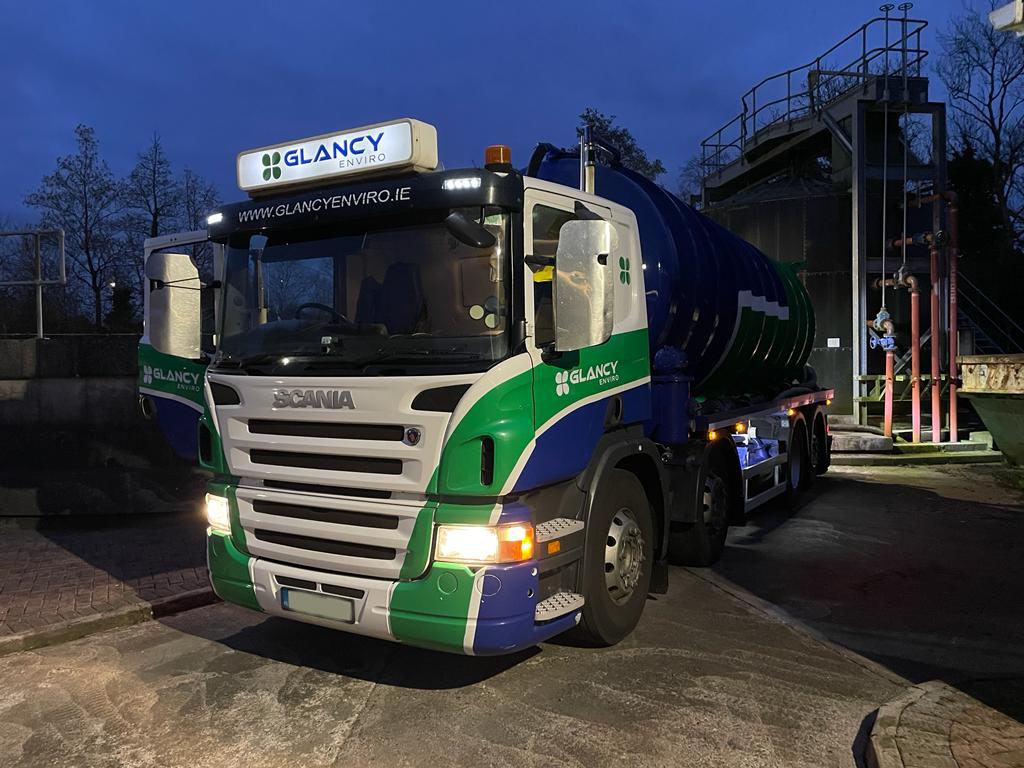Reclaim Waste Fundamentals Explained
Table of ContentsFacts About Reclaim Waste UncoveredThe Of Reclaim WasteReclaim Waste Fundamentals Explained6 Simple Techniques For Reclaim WasteThe Reclaim Waste PDFs
Residential sewer waste refers to the waste and products from a residential septic storage tank. The correct administration and disposal of residential sewer waste require liquid waste to be moved to a sewage therapy plant where the correct techniques and tools are applied to detoxify and dispose of waste.
Business waste typically includes possible dangers, such as combustible materials or a blend of liquid and solid waste products, and needs an advanced and thorough disposal process. The disposal of commercial waste typically includes the purification of waste prior to transport to guarantee risk-free and proper disposal. Hazardous waste is developed from results and drainage of industrial procedures and manufacturing.
This sort of waste can not make use of the exact same sewage administration transport or procedures as septic or commercial fluids. The hazardous waste monitoring process needs the examination and screening of liquid waste before it goes through the disposal procedure (industrial wastewater treatment). Overflow waste is the liquid waste that comes from drainage and excess stormwater in extremely booming locations or cities
Runoff waste can trigger contamination and flooding if not dealt with effectively. Discover much more regarding sewer cleansing and waste monitoring. Ensuring appropriate waste administration can avoid catastrophes and decrease environmental harm. Both people in household settings and professionals in commercial or manufacturing markets can profit from recognizing the procedures and laws of liquid waste monitoring.
Reclaim Waste - Questions
Contact PROS Services today to find out about our waste administration and disposal services and the correct means to take care of the liquid waste you create.
This supposed 'wastewater' is not only an important source however, after therapy, will certainly be released to our land, waterways or the sea. Made use of water from toilets, showers, bathrooms, kitchen sinks, washings and industrial procedures is known as wastewater.

water utilized to cool down machinery or tidy plant and tools). Stormwater, a kind of wastewater, is drainage that moves from farming and metropolitan areas such as roofs, parks, gardens, roads, courses and gutters into stormwater drains, after rain. Stormwater flows unattended straight to regional creeks or rivers, at some point reaching the sea.
The Facts About Reclaim Waste Revealed
In Queensland, a lot of wastewater is treated at sewer therapy plants. Wastewater is transported from domestic or industrial sites with a system of sewage systems and pump terminals, referred to as sewerage reticulation, to a sewage treatment plant. City governments build, maintain and run most sewer treatment plants. Operators are accredited under the Environmental Protection Act 1994 to discharge treated wastewater at an acceptable environmental criterion right into rivers.
The Division of Natural Resources suggests city governments concerning handling, operating and preserving sewage systems and therapy plants. In unsewered locations, regional federal governments might need homeowners to install private or household sewer treatment systems to deal with domestic wastewater from commodes, kitchen areas, bathrooms and washings. The Department of Natural Resources authorises the usage of family systems when they are confirmed to be reliable.
A lot of stormwater gets no therapy. In some brand-new neighborhoods, treatment of some stormwater get redirected here to remove litter, sand and crushed rock has begun using gross toxin traps. Wastewater therapy occurs in 4 stages: Removes strong matter. Larger solids, such as plastics and various other objects wrongly released to drains, are gotten rid of when wastewater is travelled through screens.
Utilizes little living organisms recognizes as micro-organisms to break down and eliminate continuing to be liquified wastes and fine fragments. Micro-organisms and wastes are incorporated in the sludge.
7 Simple Techniques For Reclaim Waste
Nutrient elimination is not readily available at all sewer therapy plants because it requires pricey specialist equipment. Clear fluid effluent produced after treatment might still have disease-causing micro-organisms - liquid waste removal melbourne.

Most wastewater moves right into the sewage system. Under the Act, neighborhood governments carry out authorizations and licences for environmentally appropriate activities (ERAs) including wastewater releases that could have a regional effect.
A Biased View of Reclaim Waste
Or else, examples are considered laboratory evaluation. Frequently several tests are needed to establish the degrees of each of the various pollutants such as oils, heavy steels and chemicals in water. Monitoring gives accurate info about water top quality and can confirm that permit conditions are being met. The info gotten via monitoring supplies the basis for making water quality choices.
Comments on “Getting The Reclaim Waste To Work”